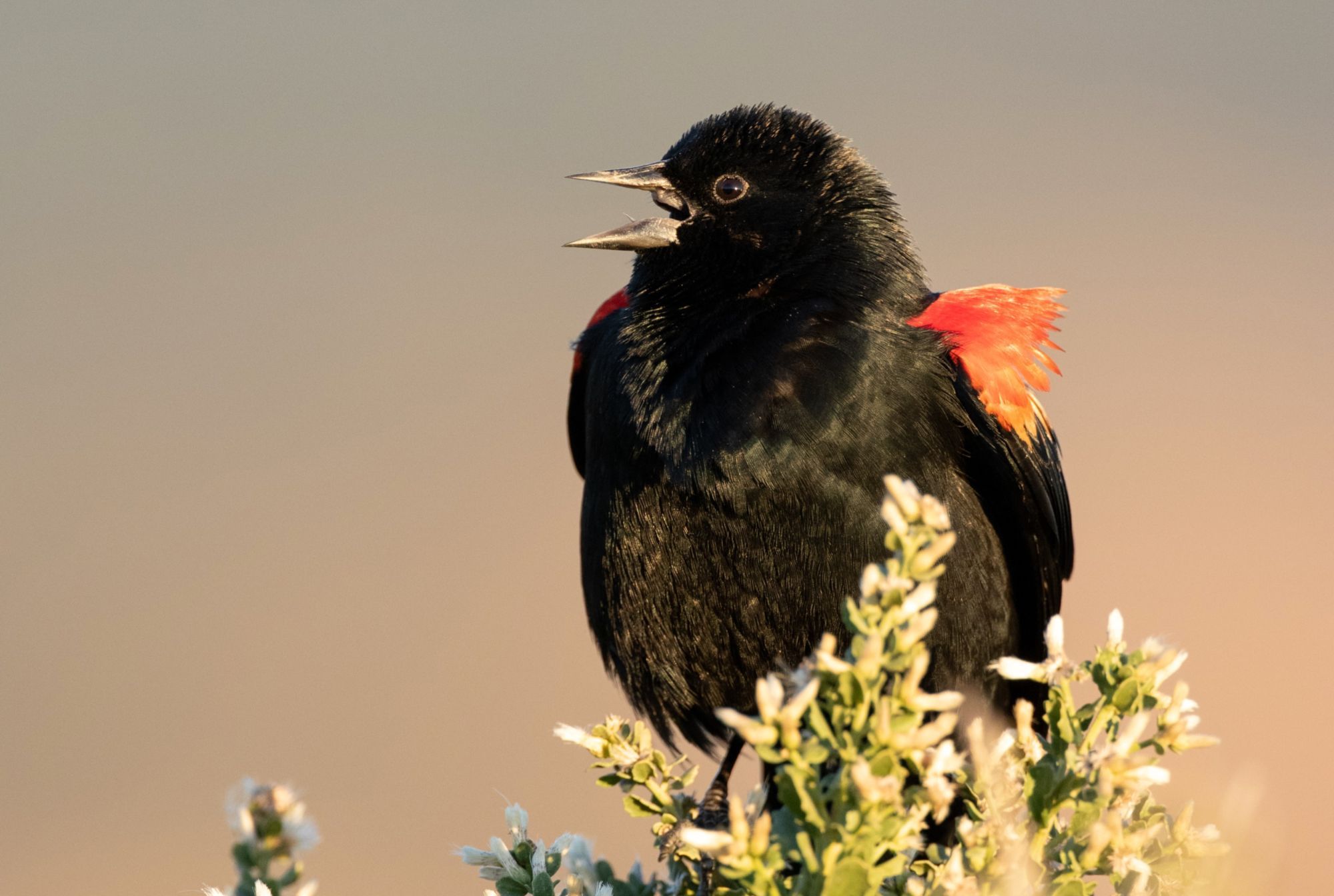What is the best lens for wildlife photography? That’s an intriguing question, isn’t it? Is there one ‘best’ lens for this vast and varied genre of photography?
In this guide, we will discuss the following:
- The seven primary considerations in wildlife lensing:
- The focal length
- Weight
- Speed (maximum aperture)
- Auto-focus (speed and reliability)
- Type (fixed (prime) or zoom)
- Weather sealed
- Image stabilization
- Self-analysis (what do you really need in a wildlife lens?)
- Price
Recommended Reading: If you’d like to master camera settings to create gorgeous, creamy, blurry backgrounds, grab a copy of Photzy’s premium guide: Beautiful Background Blur.
What Focal Length Is Needed for Wildlife Photography?
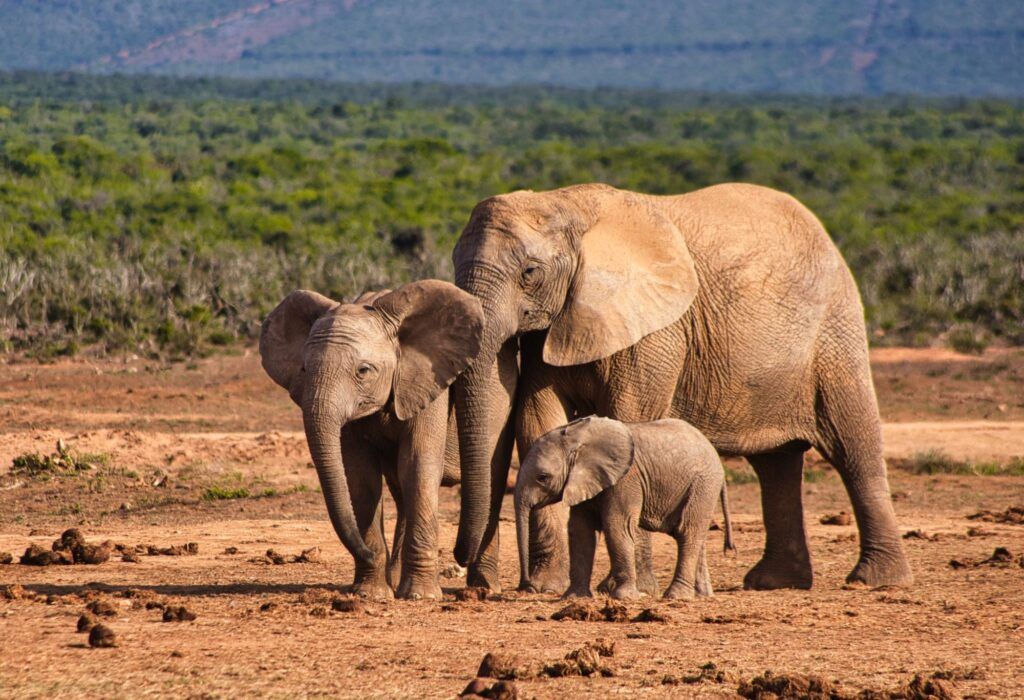
I’m often asked, “What focal length do I need for wildlife photography? Do I need a 600mm f/2.8 lens?”
That question is more complicated than you might think, and we will address that in the self-analysis section.
Well, sure, the short answer is, who wouldn’t want that mega-lens? But do you have an extra $8,000 to $16,000 lying around just waiting to be spent on a lens?
Let’s look at what various focal lengths can do for your wildlife photography attempts.
The image above was created with a 300mm lens at f/8. (FYI – the longest focal length wildlife lens I have personally owned was a 300mm f/4 Canon lens.)
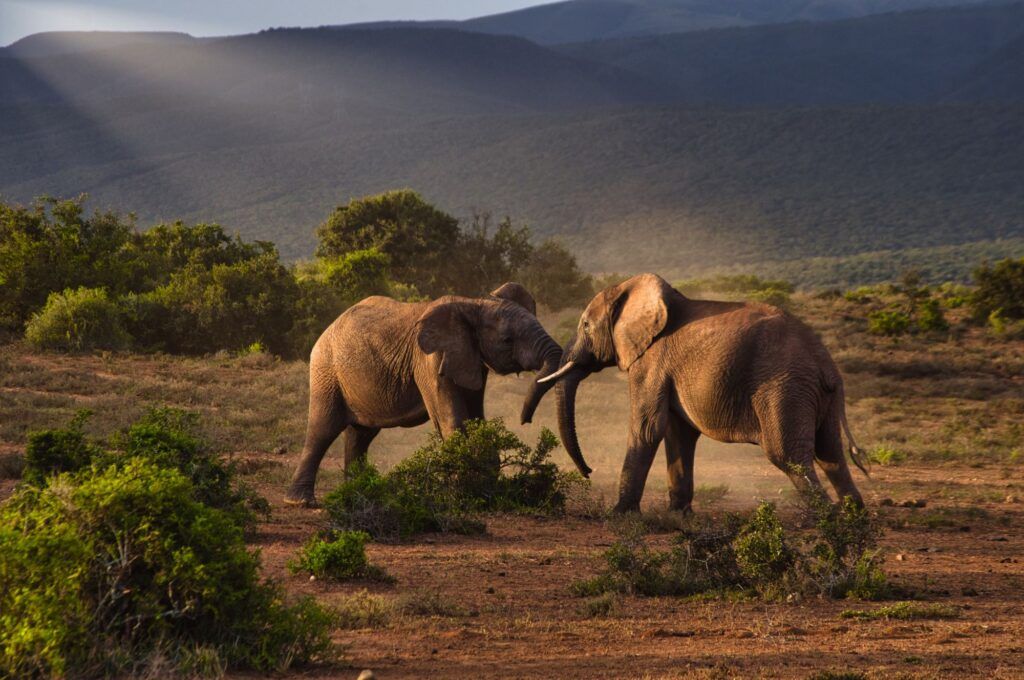
The image above was created with a 150mm lens at f/8.
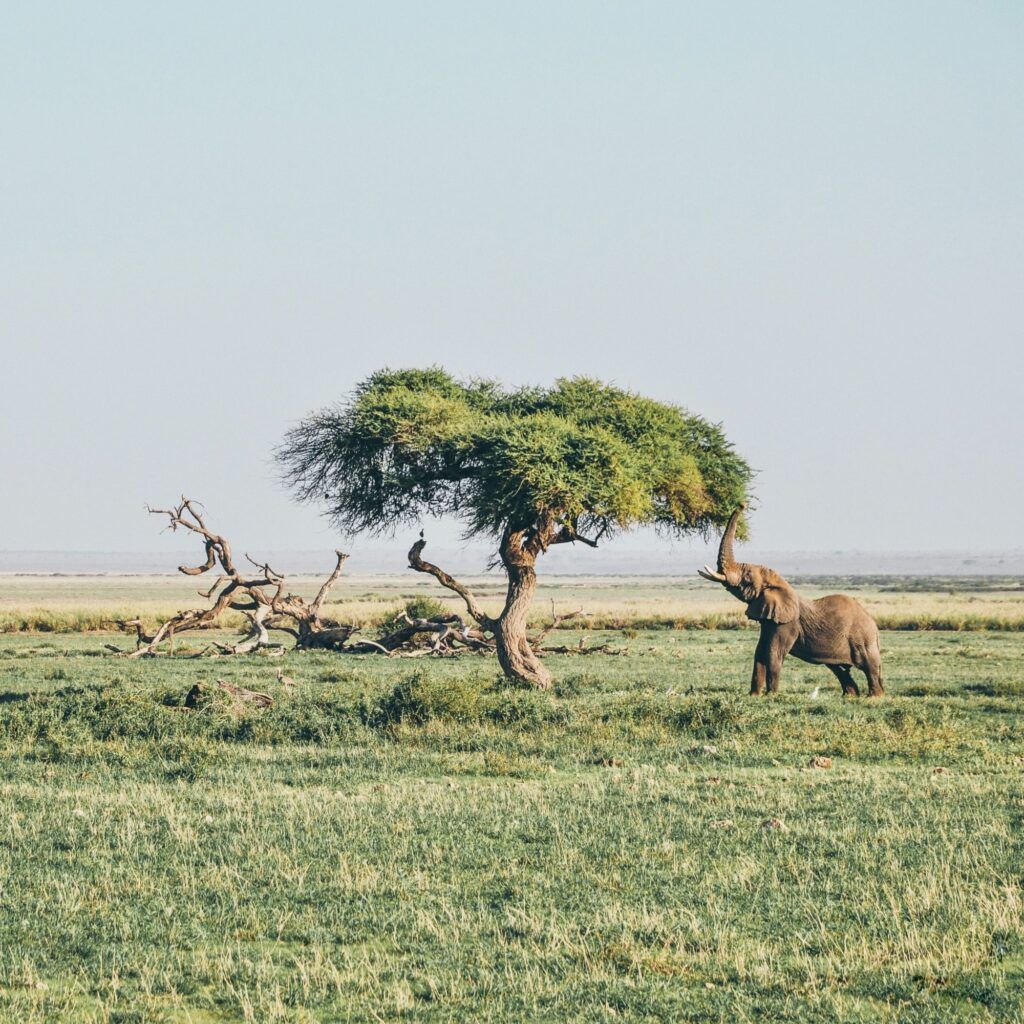
Photograph by Harshil Gudka
The image above had a lens in the range of 85mm at f/8.
Key Lesson: How close will you be to the wildlife you want to photograph? Will you take pictures of elephants and lions at 100 yards or more? Or are you more likely to photograph birds at your bird feeder or animals at the zoo?
Focal Length Recommendations
- Wildlife in the wild: 100–400mm lens
- Wild birds: 300–400mm lens with a converter
- Around the yard, birds and squirrels: 70–300mm lens
- Wildlife and landscape combined: 18–135mm lens
Tech Tip: Convert the numbers based on your camera system: Full Frame or APS-C.
How Much Will That Lens Weigh, and How Far Are You Willing to Carry It?
So, here’s a fact about those big daddy, fast aperture, fixed focal length lenses. They are heavy!
For me, weight is a huge consideration. I’m in my sixties now, and I don’t want to haul a lens that weighs 5 to 7 pounds during an all-day hike. It’s just not on the cards. My Canon 300mm lens was just under 3 pounds and even that could become a strain after a long day in my younger years, especially for a fixed focal length that I may or may not use.
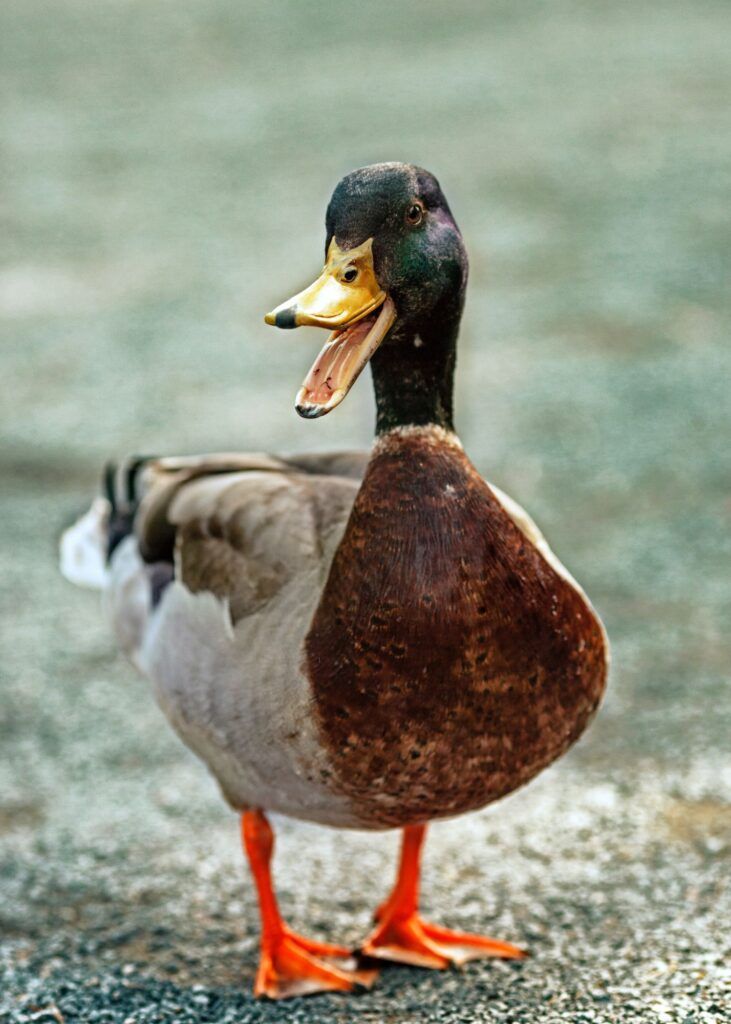
Canon EOS 5D Mark II with a 135mm lens at f/4. Photograph by Ross Sokolovski
Key Lesson: One advantage to less expensive wildlife lenses is that they can be lighter because they are made with less robust materials and have smaller glass elements. While that may not work for a pro or a purist, it can be a godsend for an enthusiastic amateur who isn’t shooting wildlife daily.
Weight Recommendation
- Try to keep the lens under 3 pounds. The lighter, the better, as you will be adding the weight of the camera and, most likely, a tripod.
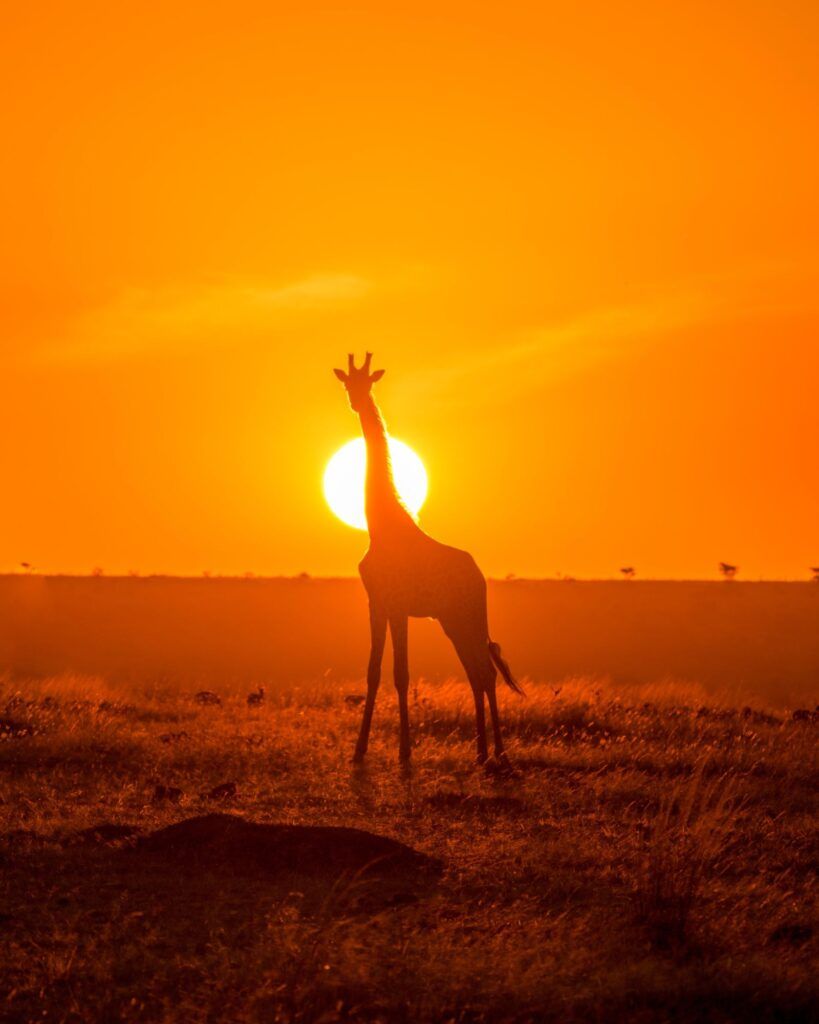
Speed! The Maximum Aperture of a Lens. The Holy Grail of Lensing.
Consider this:
- Lenses with fast fixed maximum aperture carry a hefty price premium.
- With today’s advanced camera, the need for a wide maximum aperture for low light is relatively nil.
- At longer focal lengths (200mm or more), the compression of the lens creates separation and bokeh even at moderate f/stops like f4–f8. The longer the focal length, the greater the compression and the less need for a fast maximum aperture.
- Lenses with a maximum aperture in the range of f/4–f/8 are typically lighter and less expensive.
Maximum Aperture Recommendation
Unless you aspire to become a pro or have tons of money, I recommend looking at lenses with a maximum aperture of f/4–f/5.6. I was a working pro for thirty years, and my Canon 300mm f/4 was all I needed.
Recommended Reading: If you’d like to master camera settings to create gorgeous, creamy, blurry backgrounds, grab a copy of Photzy’s premium guide: Beautiful Background Blur.
Speed and Accuracy of the Auto-Focus System
I’m old enough that I remember the advent of auto-focus lenses. Like everyone else, I rushed out and bought an 80-200mm Nikon (this was back in my Nikon days) autofocus zoom lens.
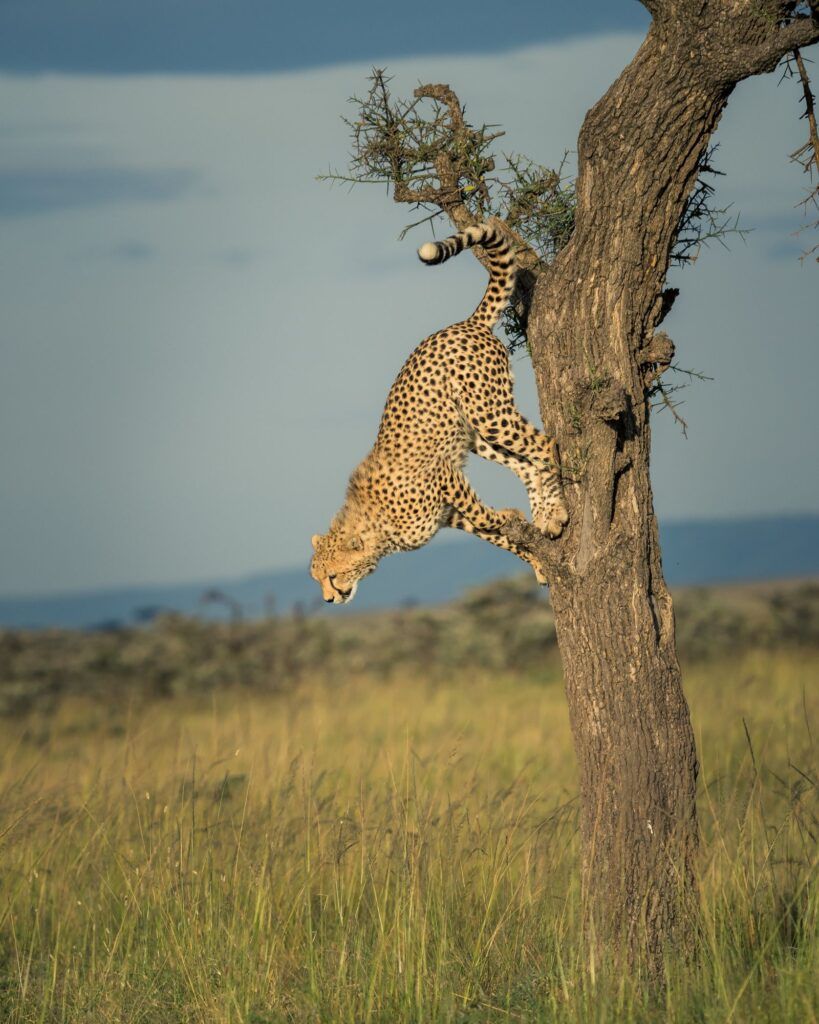
It didn’t take long for my disappointment to seep in. I could manually focus faster and more accurately than that expensive brand-new Nikon lens.
Granted, that was a long time ago, and today’s autofocus lenses are superior. Still, the autofocus system should be a huge consideration when choosing a lens. I’ve always found Canon lenses to be superior to Nikon and third-party lenses in this department. There’s a reason that almost all sports photographers use the Canon system.
Auto-Focus Recommendation
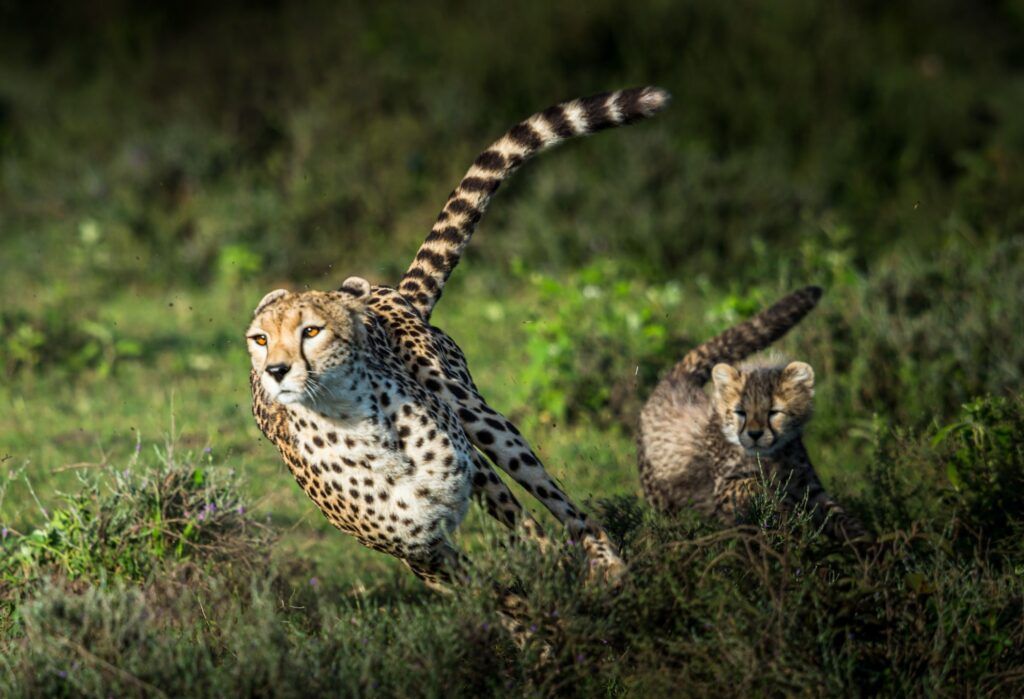
- Go to a store and try out the lens. Put it through some autofocus testing: bright light, dim light, low contrast, high contrast, and motion.
- Better yet, rent the lens you are interested in and put it through some rigorous testing for a week before dropping a massive wad of cash. I like to use borrowlenses.com.
- Carefully consider the available settings on the lens itself. Are the switches and buttons easy to maneuver quickly, etc.?
Better yet, rent the lens you are interested in and put it through some rigorous testing for a week before dropping a massive wad of cash.
Lens Type: Fixed or Zoom
There was a time when any photographer worth their salt would say, “I choose a fixed focal length (known as a prime lens) over a zoom lens any day of the week.” However, that is no longer true. Manufacturers have done a ton of R&D into zoom lenses, and they can and do provide professional results.
So, why would you choose a prime lens? My opinion is mainly for the advantages of an extremely wide aperture. It makes sense to have at least one long prime telephoto lens if you’re a pro or an aspiring pro. For me, it was my 300mm f/4, and I carried a 1.4 teleconverter that increased the focal length to 420mm and a maximum effective aperture of f/5.6.
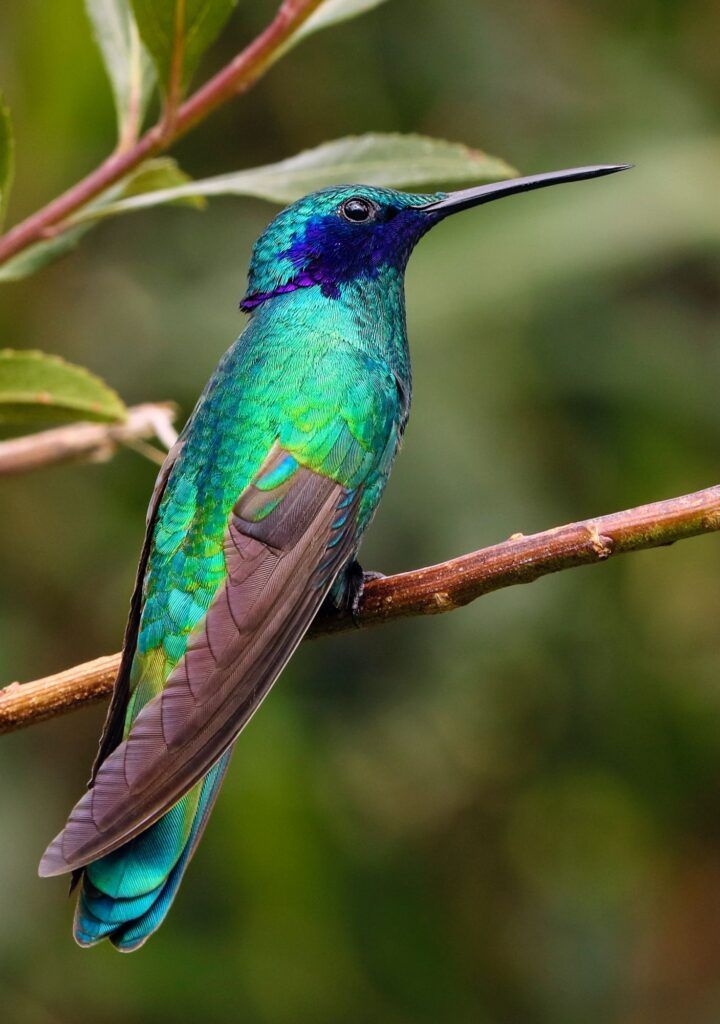
But if I’m honest, in my thirty-plus years as a pro, beginning after the late 1990s I almost always used zoom lenses.
The advantage of a zoom lens is obvious. You can change your composition without having to physically move the camera.
Lens Type (Prime or Zoom) Recommendation for Wildlife Photography
- You want a zoom lens that covers somewhere in the range of 100–400mm.
- One fixed (prime) long telephoto lens is handy if you have the budget. I would consider a 300mm to 400mm lens with a high-quality teleconverter.
- For most of my professional career, I carried two zoom lenses: a 35-135mm and a 70-200mm. My teleconverter also worked well with the 70-200mm lens, which had a maximum aperture of f2.8.
Do You Need a Weather-Sealed Lens?
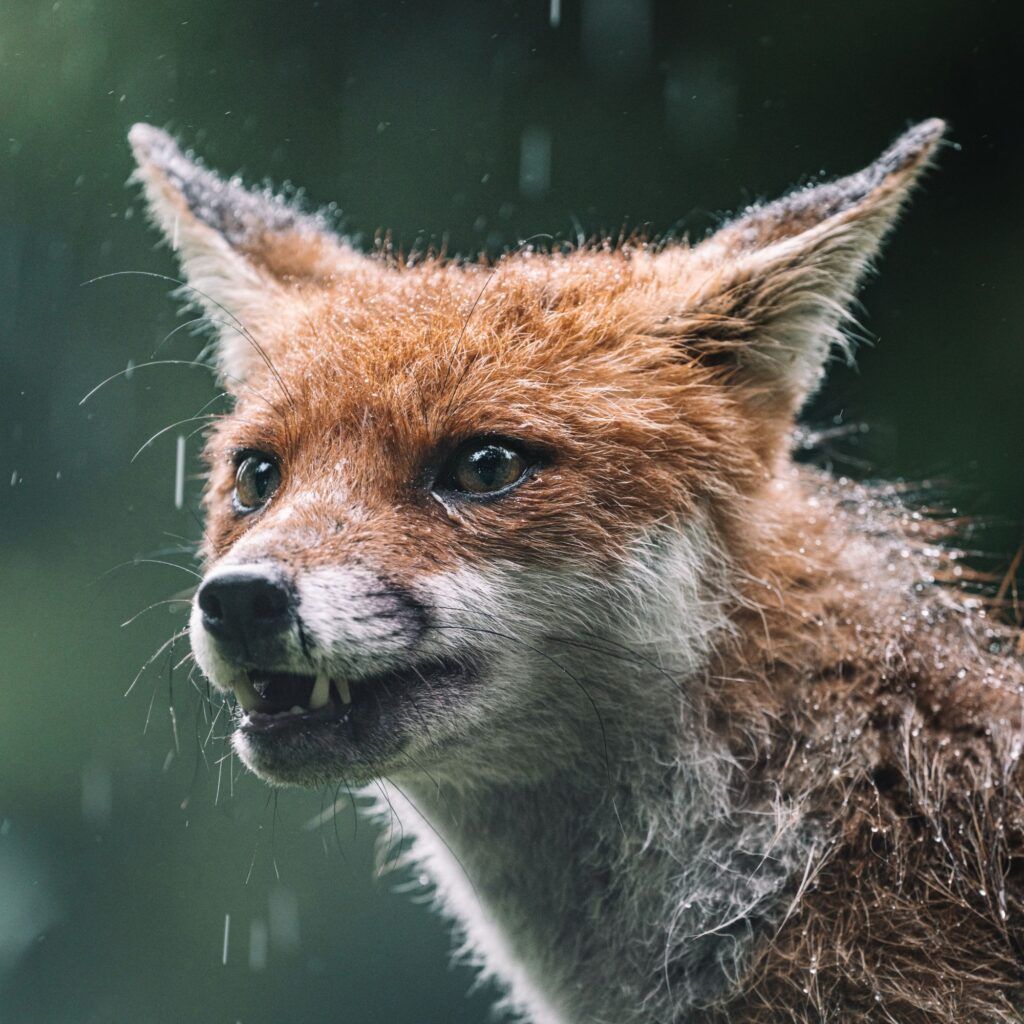
Having a camera and lens system that is weather sealed is undoubtedly an advantage for the wildlife photographer. However, that benefit comes with a cost.
Are you the kind of photographer that will be out in the rain and snow taking wildlife pictures?
Recommendation on Weather Sealing
Do your photography activities warrant the additional expense of a weather-sealed system? If your answer is yes and your budget permits, then yes, this is a valuable feature.
The cost likely outweighs the benefit if you are an occasional wildlife photographer. None of my lenses or cameras were weather sealed, and it never made a difference because I was careful with my equipment. When the weather was bad, I kept everything covered.
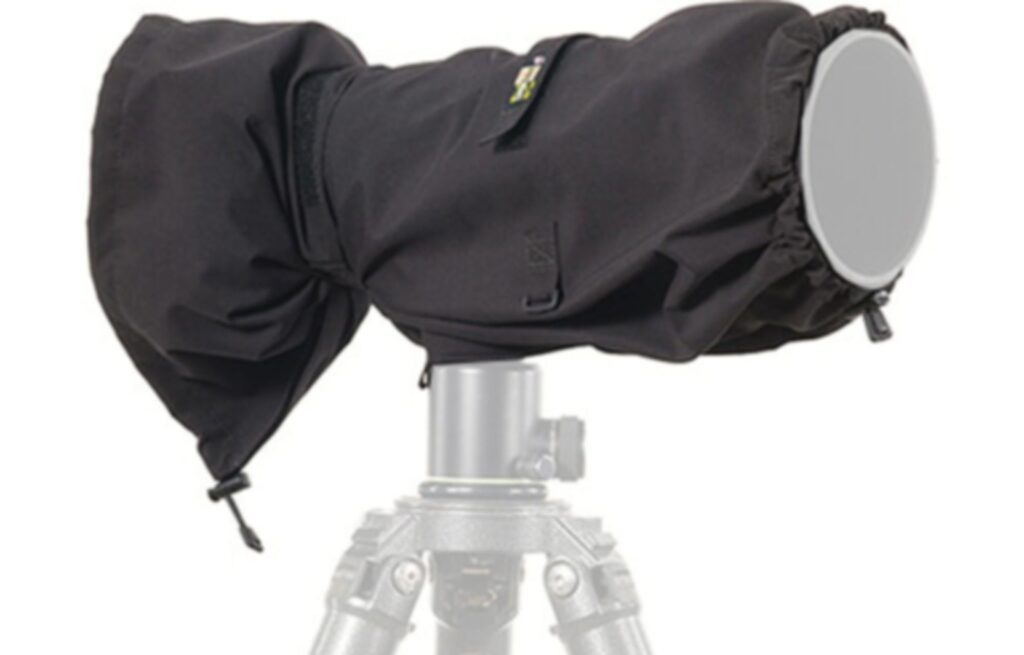
The LensCoat RainCoat is an option to save on the weather-sealed lens cost. Photograph by LensCoat
A less expensive alternative is a camera/lens rain cover. The one I use is the LensCoat RainCoat Large.
Image Stabilization
I have always been a fan of image stabilization, and the truth is that almost any lens worth buying in the telephoto or telephoto zoom range will have a stabilizing system or one that is built into the camera.
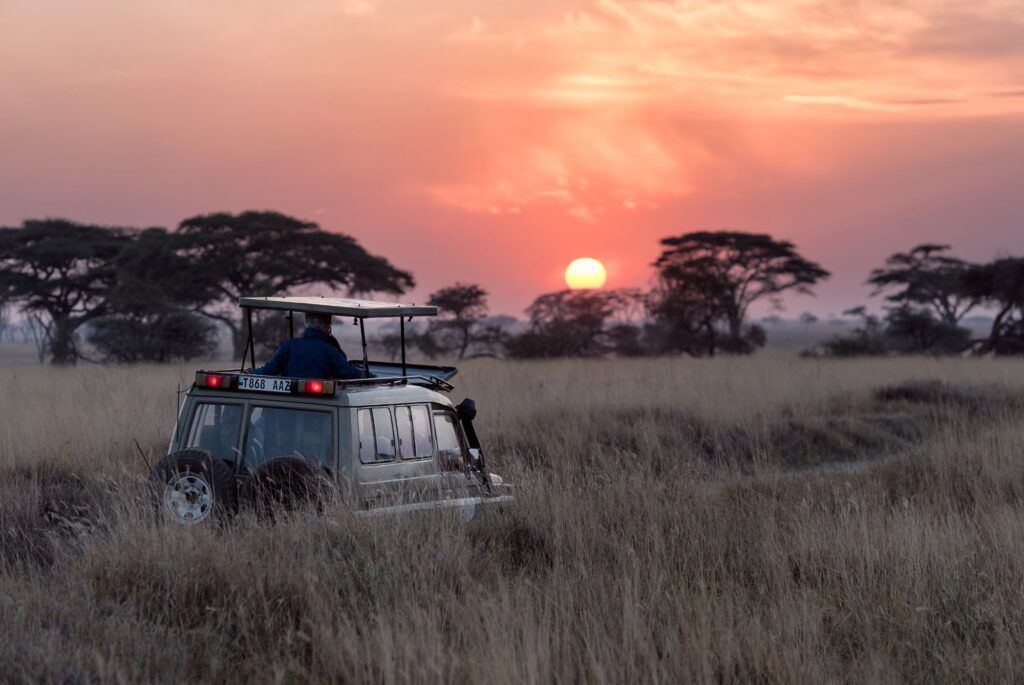
Did you know that a telephoto lens is basically a magnifying group of lenses? It pulls the subject closer through magnification. That same magnification amplifies camera movement.
Have you ever tried to hold a pair of binoculars steady? It’s the same principle.
Image Stabilization Recommendation
Yes. This is a crucial feature for wildlife photography where mobility is important.
Key Lesson: When your camera and lens are mounted to a tripod, it is recommended that you turn any image stabilization off.
Final Comments: Self-Analysis (What Do You Really Need in a Wildlife Lens?)
When you get into long focal length lenses, the cost can be a major factor for most of us. An excellent tool for deciding what lens you need is to do some self-analysis.
- How often do you photograph wildlife?
- Under what conditions do you photograph wildlife?
- Is cost a consideration?
- Do you have aspirations of marketing your photos in a professional environment?
When you get into long focal length lenses, the cost can be a major factor for most of us. An excellent tool for deciding what lens you need is to do some self-analysis.
Recommended Reading: If you’d like to master camera settings to create gorgeous, creamy, blurry backgrounds, grab a copy of Photzy’s premium guide: Beautiful Background Blur.
Conclusion
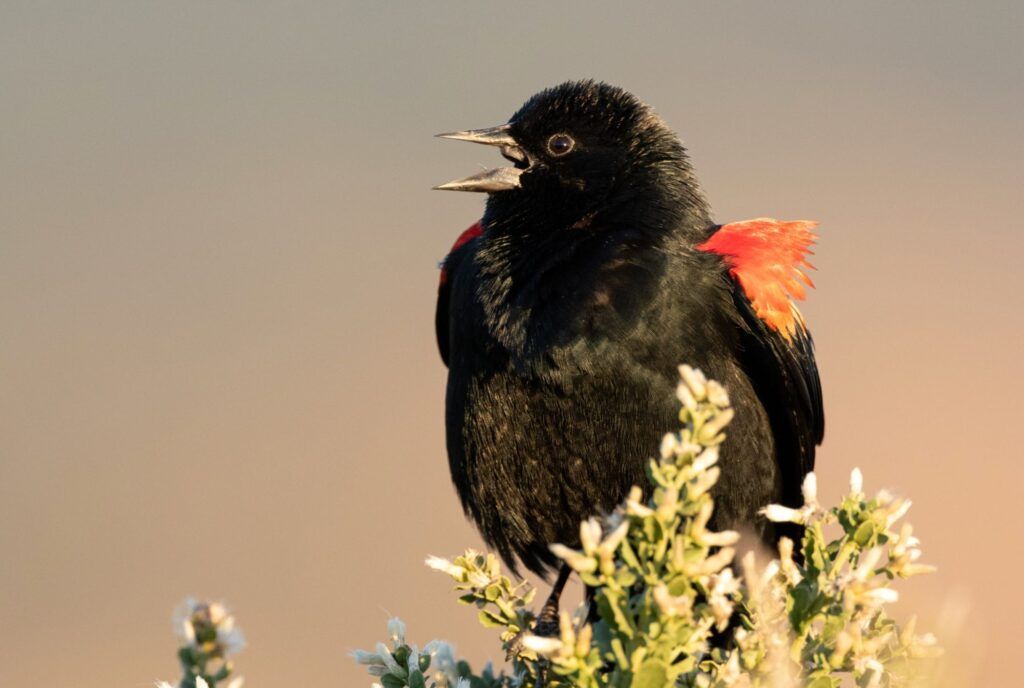
Photograph by Matt Bango
If I had to choose one wildlife lens, it would be a 100–400mm zoom telephoto lens with a maximum aperture of f/4-5.6 and image stabilization. And I would include a weather raincoat as described above.
Good luck, and have fun!
Self-Check Quiz:
- What does the term ‘prime lens’ mean?
- Is a zoom lens as good as a prime lens?
- What does ‘weather sealed’ mean?
- How important is a fast (wide aperture) lens for wildlife photography?
- What is a good zoom range for the average wildlife photographer?
- What does a teleconverter do?
- True or False: You should never turn the image stabilization feature off.
- How important are the mechanics of the auto-focus system?


